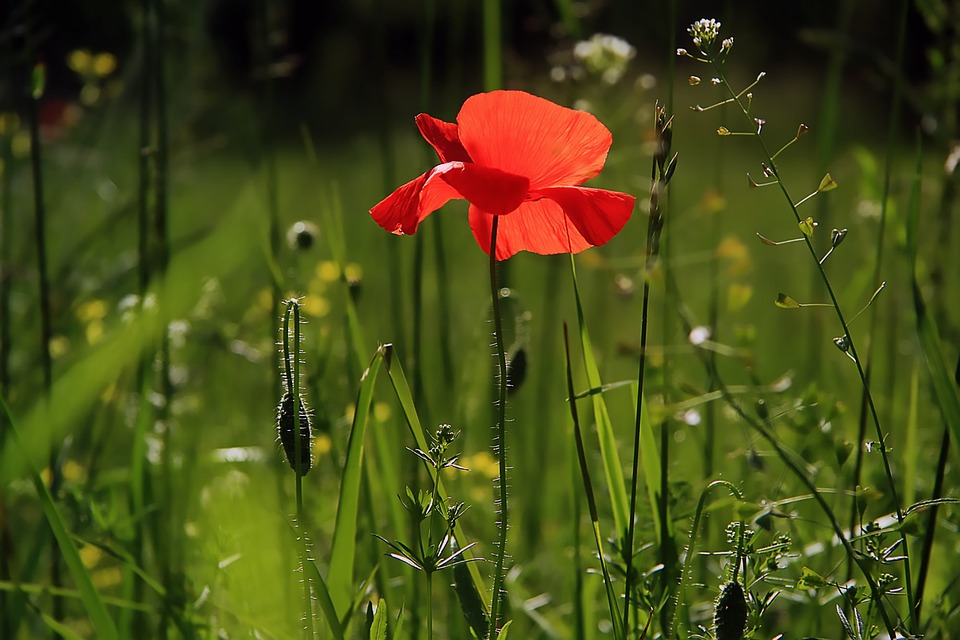Introduction
Are you looking to take your home garden to the next level? Hydroponics may be the answer. This innovative gardening technique is gaining popularity among gardening enthusiasts and professionals alike. By growing plants without the use of soil, hydroponics revolutionizes traditional gardening methods. In this article, we will explore the many benefits of hydroponics and why it is here to stay.
Advantages of Hydroponics
Hydroponics offers numerous advantages over traditional soil-based gardening. One of the key benefits is water efficiency. With hydroponics, plants are grown in a nutrient-rich water solution, allowing them to take up water and nutrients more efficiently. This results in significant water savings compared to traditional gardening methods.
Another advantage of hydroponics is faster growth rates. Since plants don’t need to search for nutrients in the soil, they can allocate more energy towards growth. This leads to rapid and healthy plant development, allowing gardeners to enjoy faster harvests and higher yields.
Additionally, hydroponics allows for greater control over growing conditions. By manipulating factors such as light, temperature, and nutrient levels, gardeners can create optimal environments for their plants. This precision and control help to minimize the risk of pests and diseases, resulting in healthier and more resilient plants.
Space and Resource Efficiency
Hydroponics is an excellent option for those with limited space or indoor gardening aspirations. Unlike traditional gardens, hydroponics systems can be set up vertically, maximizing the use of available space. This vertical structure also makes it easier to access and maintain plants, reducing the strain on the gardener’s back and knees.
In addition to space efficiency, hydroponics also requires fewer resources. Since plants receive nutrients directly from the water solution, there is no need for excessive use of fertilizers. Furthermore, hydroponics systems use less water overall, reducing the strain on water supplies. This makes hydroponics an environmentally-friendly alternative to traditional gardening methods.
Accessibility and Versatility
Hydroponics is not just for professional gardeners or experienced horticulturists. With the availability of user-friendly hydroponic kits, anyone can start their own home garden. These kits often come with clear instructions and all the necessary components, making it easy for beginners to set up and maintain their hydroponics system.
Moreover, hydroponics is a versatile technique that can be used to grow a wide variety of plants. From leafy greens and herbs to larger vegetables and even flowers, hydroponics allows you to diversify your garden and experiment with different crops. This versatility makes hydroponics an exciting option for gardeners looking to expand their plant selection.
Conclusion
Hydroponics has quickly become a game-changer in the world of gardening. Its water efficiency, faster growth rates, controlled environments, space and resource efficiency, accessibility, and versatility make it a compelling choice for both aspiring and experienced gardeners. With its numerous benefits, it’s clear that hydroponics is here to stay and will continue to revolutionize home gardening for years to come.
FAQs
Is hydroponics more expensive than traditional gardening?
While the initial setup costs of hydroponics systems can be higher than traditional gardening methods, the long-term cost savings in water and fertilizer usage often outweigh the initial investment.
Do I need an extensive knowledge of gardening to start with hydroponics?
No, you don’t need to be an expert gardener to start with hydroponics. User-friendly hydroponic kits and resources make it easy for beginners to get started and provide guidance throughout the process.
What types of plants can be grown using hydroponics?
Almost any plant can be grown using hydroponics, including leafy greens, herbs, vegetables, fruits, and flowers. However, some plants may require specific nutrient solutions or environmental conditions, so it’s essential to research and understand the specific needs of your chosen plants.




